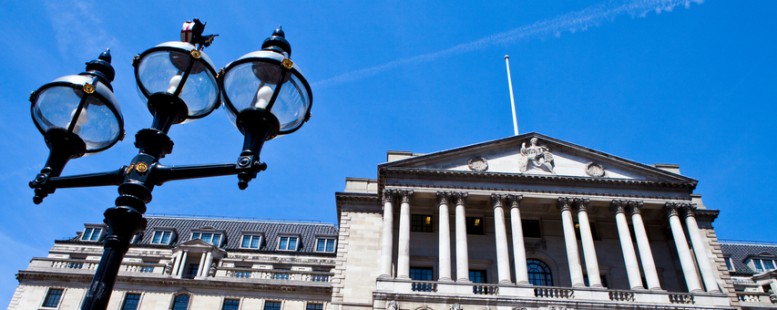Our Opinion: 2016
Interest rates down – and further cuts lie ahead

Yesterday’s 0.25% interest rate cut by the Bank of England is the first rate change in over seven years. The cut was complemented by further easing measures, with quantitative easing (QE) restarted focusing on the gilt market, a new corporate bond purchase scheme (CBPS), and a fresh term funding scheme (TFS) for the banks aimed at boosting the supply of credit to the economy.
The package of measures was larger than markets expected, and the BoE hinted that further easing options are available, and will be used to support the economy if needed.
It was also hinted that rates may fall in due course to 0.10%.
The measures were larger than markets anticipated, causing a sharp correction in Sterling and a healthy rally in the FTSE and the gilt markets.
In addition to the cut in base rates, the Bank agreed to expand the QE program by £60bn, increasing gilt purchases to £435bn by the end of this year, and starting a new corporate bond purchase scheme (CBPS) to the tune of £10bn. To boost lending, the Bank will also begin a fresh term funding scheme that will provide banks with a cheap source of funds in order to make new loans.
The Bank of England updated the markets on its expectations for growth and inflation, slashing the former and increasing the latter. For GDP growth, the BoE now expects the economy to expand by 1.8% this year, compared to 1.9% in its May Inflation Report; for 2017 the expectation is now for growth of 0.8% compared to the former estimate of 2.3%. It looks as though the BoE expects the economy to avoid a technical recession (defined as two back-to-back quarters of GDP decline).
Whilst the Bank is mandated to target inflation, Governor Mark Carney contended that the key focus in the near term will be on leaning against the negative impact on growth resulting from the Brexit vote and containing its effect on the labour market.
Looking ahead, the BoE acknowledged that more easing is likely before the year draws to a close. However, once again the limits of monetary policy were stressed, hinting at the need for fiscal policy to make a contribution. In an exchange of letters between the Chancellor of the Exchequer and the Governor, Phillip Hammond stated that he is “prepared to take any necessary steps to support the economy and promote confidence”.
If the economy fails to respond to this combination of fiscal and monetary stimulus, other easing options are available; Governor Carney and Chancellor Hammond have both said they will not be afraid to use them. However, it is likely that the Bank will prefer to wait until February next year when the impact of Brexit will be clearer, as well as the likely direction of the UK’s negotiations with the EU, before resorting to further unconventional stimulus.
5th August 2016
